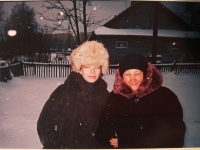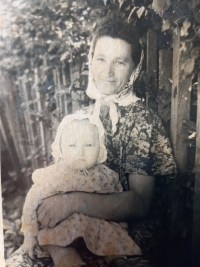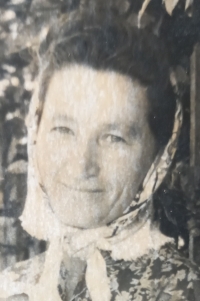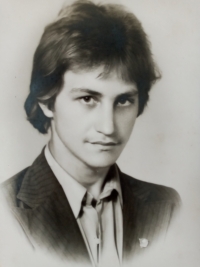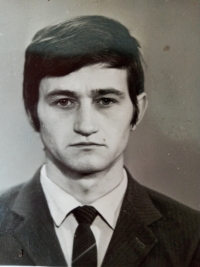Did you enjoy prison?

Stáhnout obrázek
Marija Dmytrivna Vološyna was born on 16 June 1930 in the town of Nova Nosovycja in the Rivne Oblast in Volhynia, then inter-war Poland. She endured the Soviet (1939–1941) as well as the Nazi (1941–1944) occupations of the town, and during the period of the Nazi régime she served in the Ukrainian Rebellion Army as a contact person. After the “liberation” of the western part of Ukraine by the Red Army, she was however, in 1944, arrested by the Soviet NKVD and sentenced to nine and half years in Soviet prisons and forced labor camps. Because of her young age – the witness was then fourteen years old – during the years 1944–1948 she was imprisoned in Dubna and subsequently in Lviv. After becoming an adult, she was transferred via Poltava to Soviet camps of forced labor (the Gulag) to the Northern Ural. The witness does not recall exactly where she was imprisoned, but it was more than likely the forced labor camps in Pechora or Vorkuta. Here she worked as a woodcutter and later doing construction, and she had to wait till 1954 to be released. Afterwards, she settled in Smyha in the Rivne Oblast in western Ukraine and worked on a collective farm (kolkhoz). Today (2020) Marija Dmytrivna still resides in this very city.
